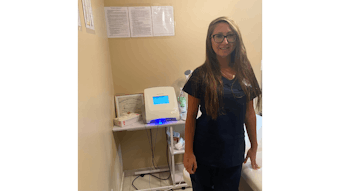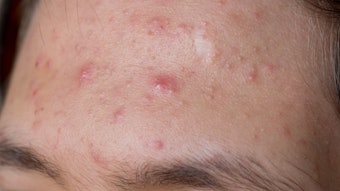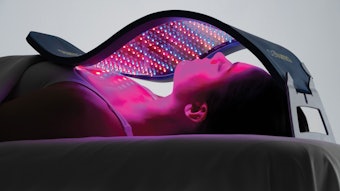A new study completed by the Finnish Radiation and Nuclear Safety Authority (STUK) on effects of mobile phone radiation on human skin strengthens the results of the human cell line analyses: living tissue responds to mobile phone radiation.
Earlier studies have shown that mobile phone radiation (radiofrequency modulated electromagnetic fields; RF-EMF) alters protein expression and activity in human endothelial cell line. STUK’s new study is globally unique, because for the first time it has examined whether a local exposure of human skin to RF-EMF will cause changes in protein expression in living people.
In the study, a small area of forearm’s skin in 10 volunteers was exposed to GSM signal for one hour. After that skin biopsies were collected from exposed and non-exposed areas of skin and all extractable proteins were examined. The analysis of 580 proteins identified 8 proteins that were statistically significantly affected.
”Mobile phone radiation has some biological effect. Even if the changes are small, they still exist”, says Dariusz Leszczynski, research professor at STUK.
According to Leszczynski it is much too early to say will these changes induced by the mobile phone radiation have any effect on health.
”The aim of this project was not detecting any possible health effects, but to find out whether living human skin responds to mobile phone radiation and whether proteomics approach is useful in sorting out this issue”, he states.
A more extensive study with 50-100 volunteers is now planned at STUK. The new study is expected to begin in 2009.
Funding for the present study was provided by Tekes - Finnish Funding Agency for Technology and Innovation and STUK, and it was a part of national HERMO project (Health Risk Assessment of Mobile Communications) finished in September 2007.
The entire article "Mobile phone radiation might alter protein expression in human skin" is available in the BMC Genomics web journal: https://bmcgenomics.biomedcentral.com/articles/10.1186/1471-2164-9-77
Adapted from materials provided by Radiation and Nuclear Safety Authority, Finland.
ScienceDaily, February 25, 2008










